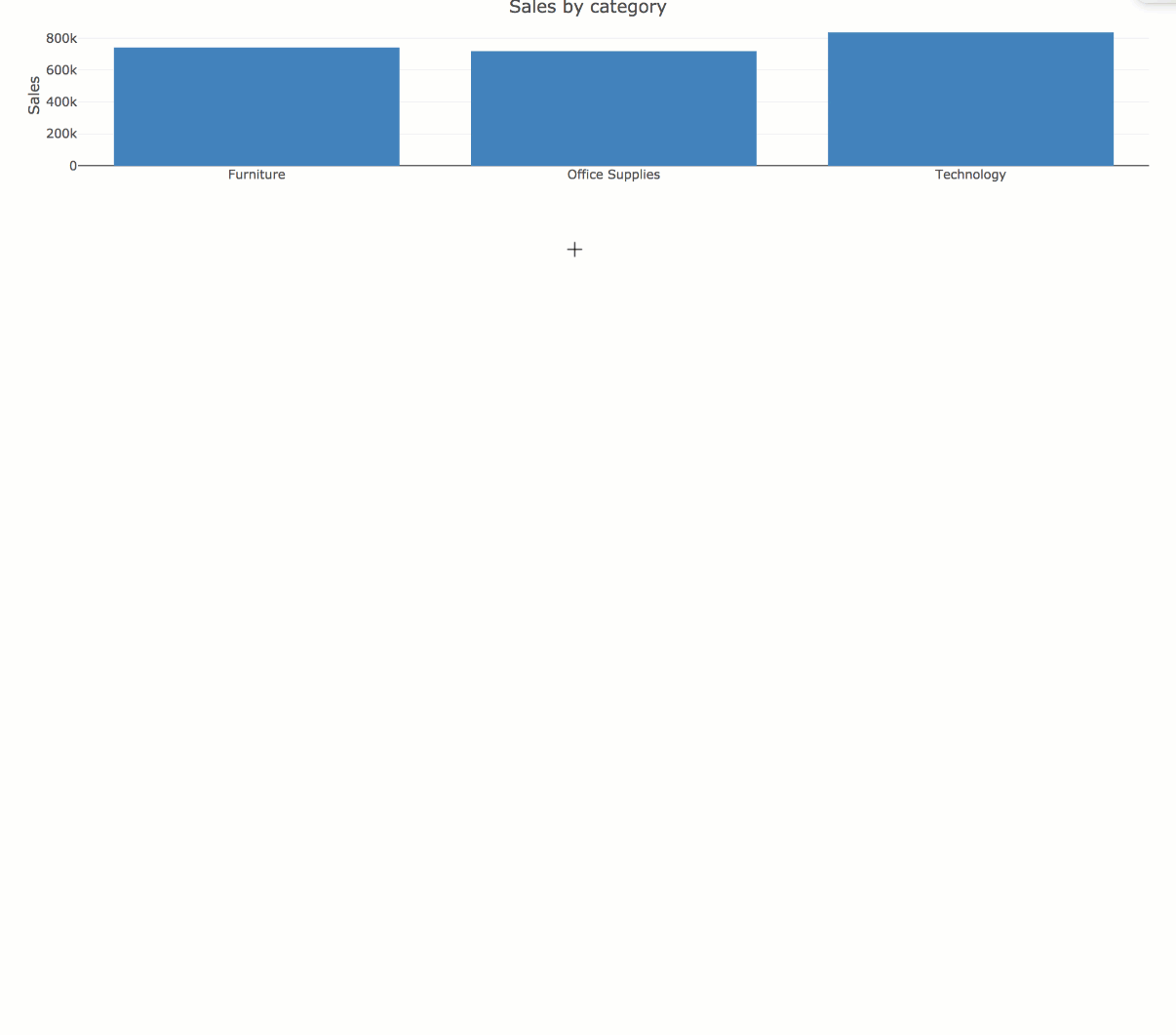I would strongly recommend not using a pie chart to visualize this kind of nested data. Please consider using something like a stacked bar chart or mosaic plot, sankey diagram, or a sunburst chart
If you must go with a pie chart, rather than trying to show all that information at once, it seems like a 'drill-down' approach might be useful. Here is an example of drilling down into sales data (this uses bar charts, but you could do something similar with pie charts):

In case it helps, here is the code:
library(shiny)
library(plotly)
library(dplyr)
sales <- readr::read_csv("https://raw.githubusercontent.com/cpsievert/plotly_book/linking/data/sales.csv")
ui <- fluidPage(
plotlyOutput("category", height = 200),
plotlyOutput("sub_category", height = 200),
plotlyOutput("sales", height = 300),
dataTableOutput("datatable")
)
# avoid repeating this code
axis_titles <- . %>%
layout(
xaxis = list(title = ""),
yaxis = list(title = "Sales")
)
server <- function(input, output, session) {
# for maintaining the state of drill-down variables
category <- reactiveVal()
sub_category <- reactiveVal()
order_date <- reactiveVal()
# when clicking on a category,
observeEvent(event_data("plotly_click", source = "category"), {
category(event_data("plotly_click", source = "category")$x)
sub_category(NULL)
order_date(NULL)
})
observeEvent(event_data("plotly_click", source = "sub_category"), {
sub_category(event_data("plotly_click", source = "sub_category")$x)
order_date(NULL)
})
observeEvent(event_data("plotly_click", source = "order_date"), {
order_date(event_data("plotly_click", source = "order_date")$x)
})
output$category <- renderPlotly({
sales %>%
count(category, wt = sales) %>%
plot_ly(x = ~category, y = ~n, source = "category") %>%
axis_titles() %>%
layout(title = "Sales by category")
})
output$sub_category <- renderPlotly({
if (is.null(category())) return(NULL)
sales %>%
filter(category %in% category()) %>%
count(sub_category, wt = sales) %>%
plot_ly(x = ~sub_category, y = ~n, source = "sub_category") %>%
axis_titles() %>%
layout(title = category())
})
output$sales <- renderPlotly({
if (is.null(sub_category())) return(NULL)
sales %>%
filter(sub_category %in% sub_category()) %>%
count(order_date, wt = sales) %>%
plot_ly(x = ~order_date, y = ~n, source = "order_date") %>%
add_lines() %>%
axis_titles() %>%
layout(title = paste(sub_category(), "sales over time"))
})
output$datatable <- renderDataTable({
if (is.null(order_date())) return(NULL)
sales %>%
filter(
sub_category %in% sub_category(),
as.Date(order_date) %in% as.Date(order_date())
)
})
}
shinyApp(ui, server)
